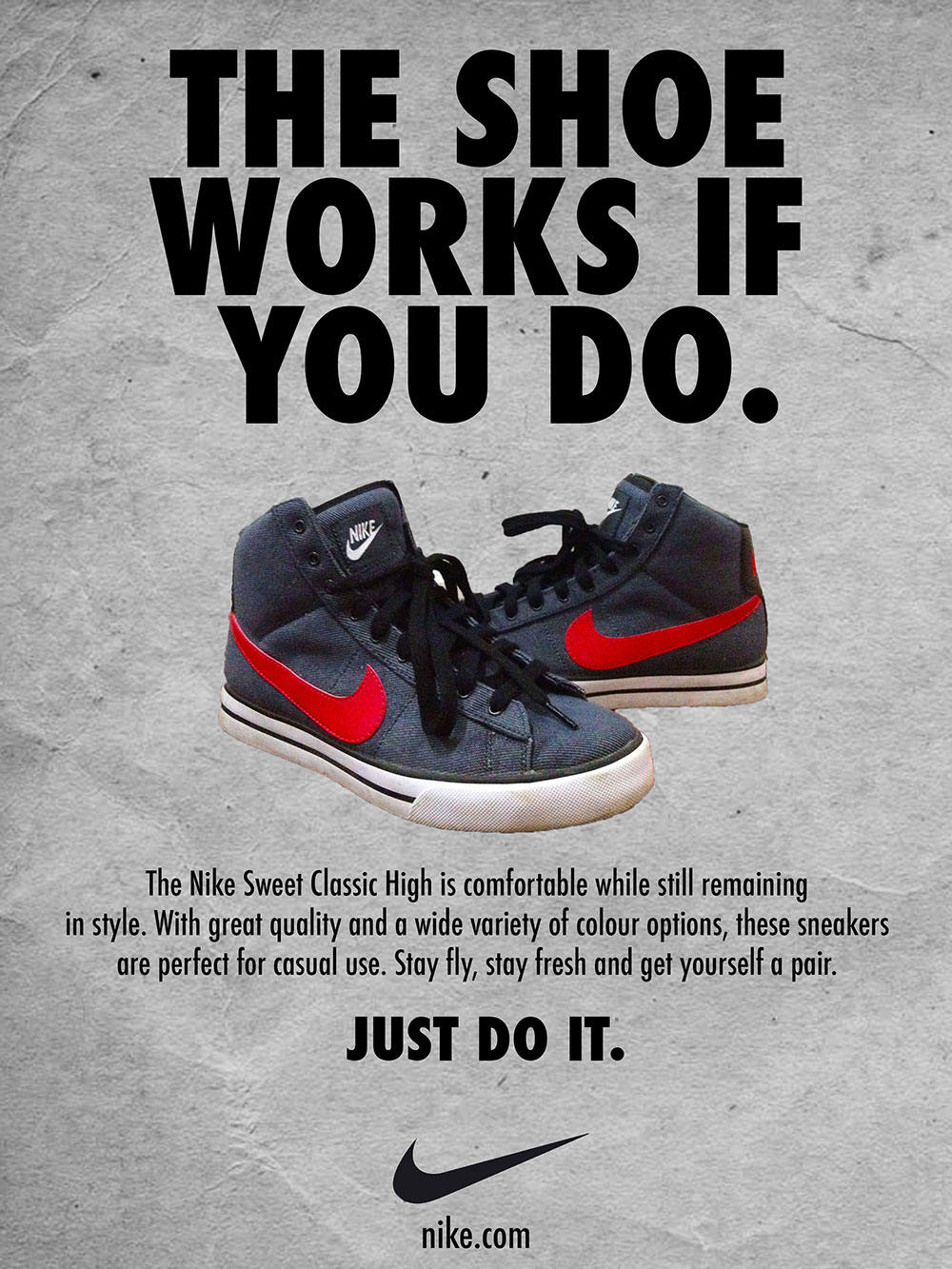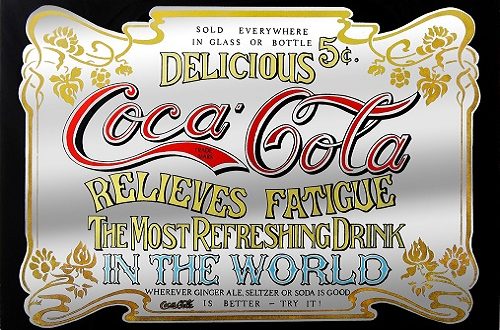1) What does BAME stand for?
Black Asian Minority Ethnicity
2) Why is there a need for blood in the BAME community?
Because there aren't enough BAME donors and they have rear blood types.
3) What does this advert want people to do once they've seen it (the 'call to action')?
To sign up and become blood and organ transplant donors.
4) Why is the advert called 'Represent'?
To show that a BAME audience should represent their community by becoming a donor.
5) Why have the producers chosen famous BAME celebrities to feature in the advert? Give an example of three well-known people who appear in the advert and why they are famous.
Lady leshurr - grime artist
Ade adepitan -wheelchair basketball player
kanya king - CEO
6) Why is there a slow-paced long shot of empty chairs at the end of the advert?
To show that you need to donate blood otherwise people who need it will die.
7) How does the advert match the key conventions of a typical urban music video?
Lady leshurr - grime artist
Ade adepitan -wheelchair basketball player
kanya king - CEO
6) Why is there a slow-paced long shot of empty chairs at the end of the advert?
To show that you need to donate blood otherwise people who need it will die.
7) How does the advert match the key conventions of a typical urban music video?
-There is a city background
-Lots of camera shots
-urban clothes
8) How does the advert subvert stereotypes? Give three examples (e.g. ethnicity, masculinity, femininity, age, class, disability/ability etc.)
-BAME people are as educated as white people.
-Disabled people are able to do things e.g. play sports.
-Women can do other things than doing domestic chores e.g. singer and manager of a company
9) How does the advert reinforce certain stereotypes of the BAME community? Could there be an oppositional reading where some audiences would find this advert offensive or reinforcing negative stereotypes?
An oppositional reading would be that BAME people only do certain jobs. For example sports people,
actors/actress, fashion artists and singers. This suggest that BAME people are not as educated as white people and cant be at the same class they are at.
10) Choose one key scene from the advert and write an analysis of the connotations of camera shots and mise-en-scene (CLAMPS).
The scene when they show Ade Adepitan next to the Olympic stadium. The camera shot blurs from his face showing the stadium. This shows even though he is disabled he can still play sports.












